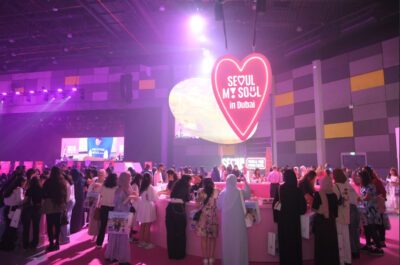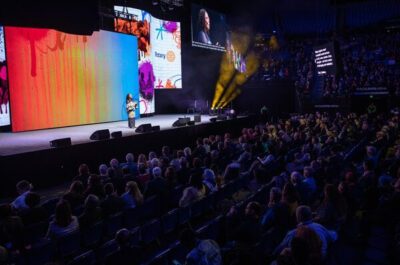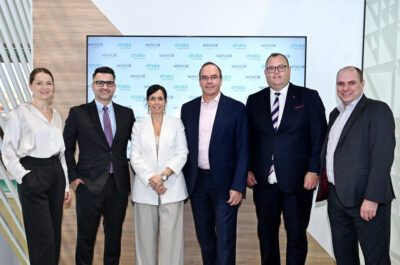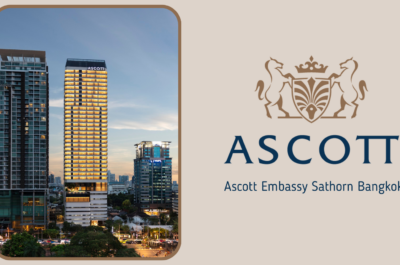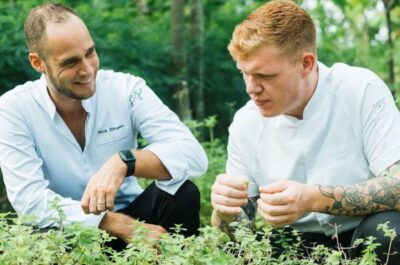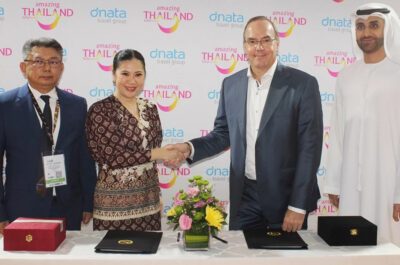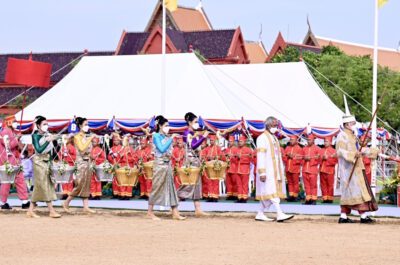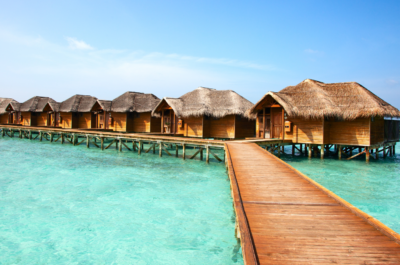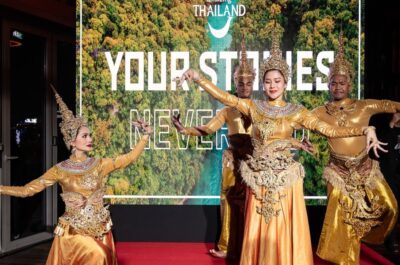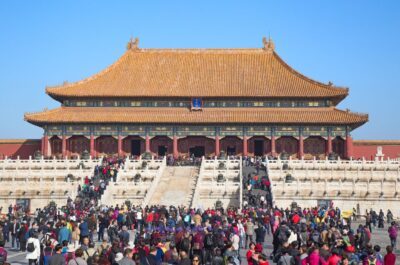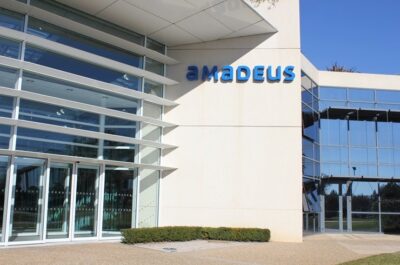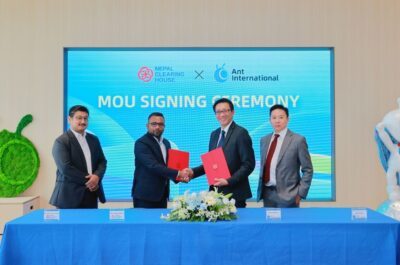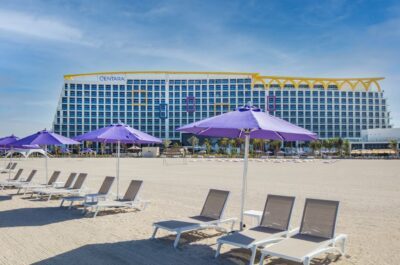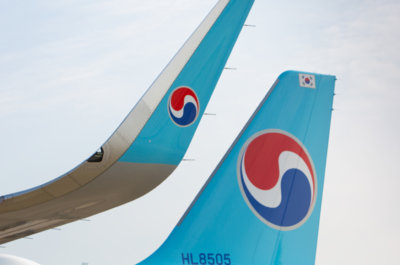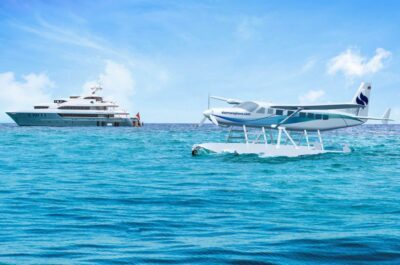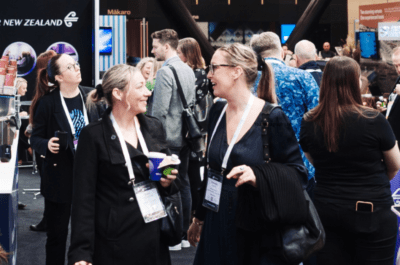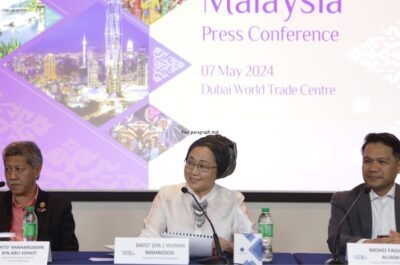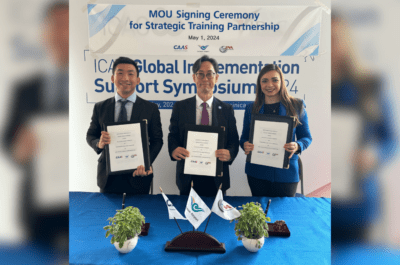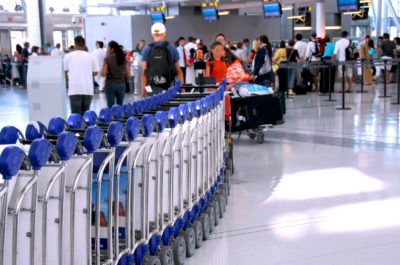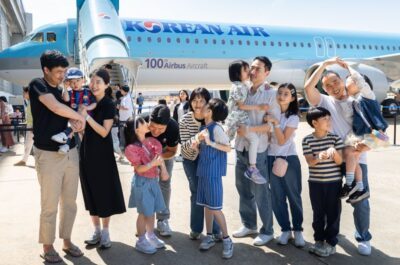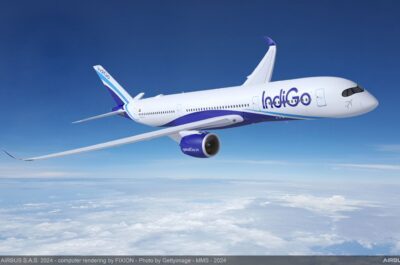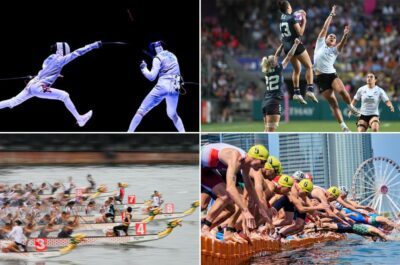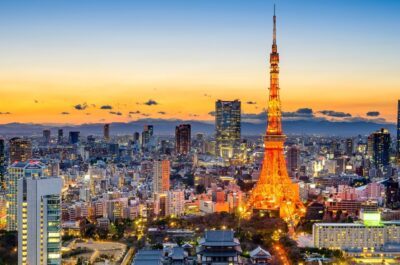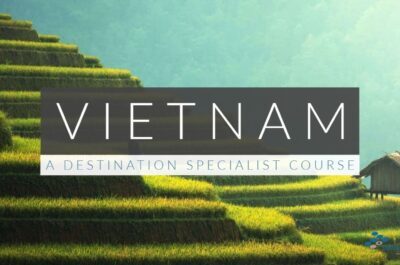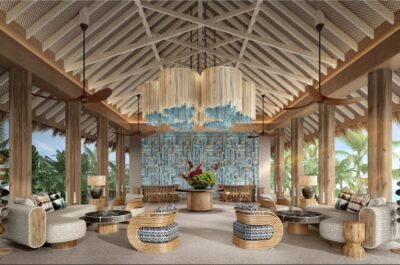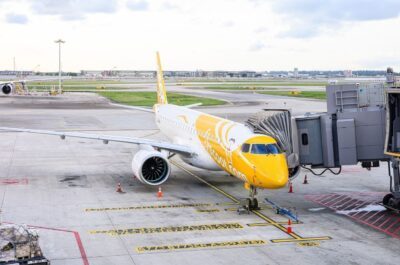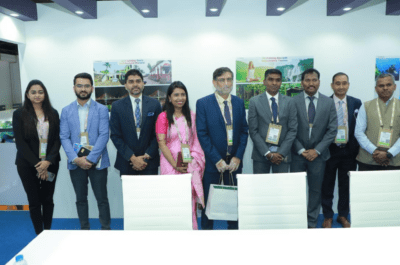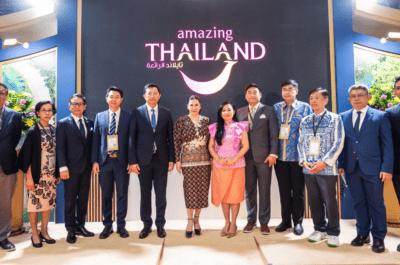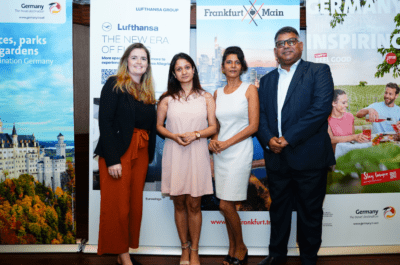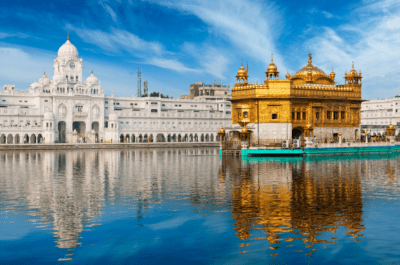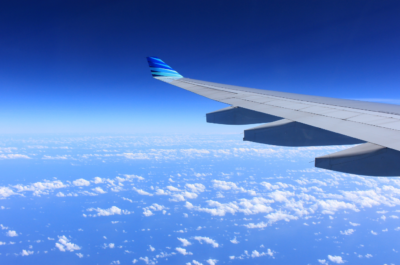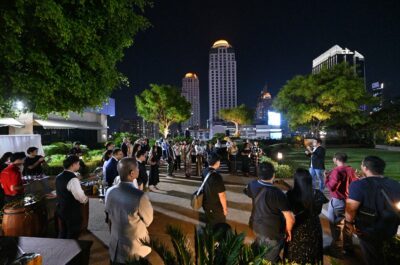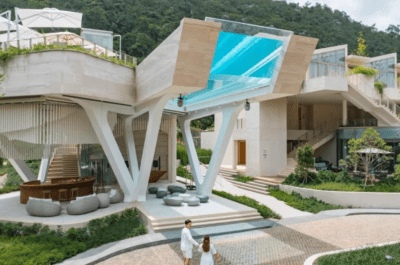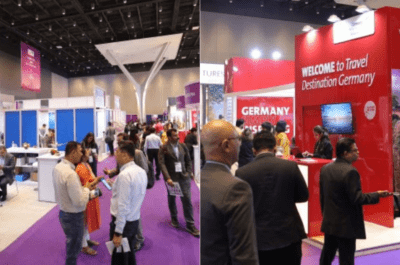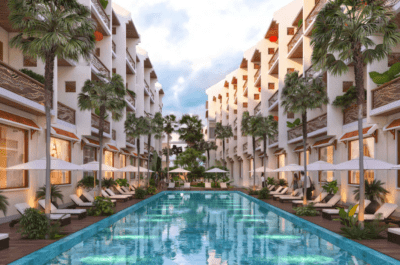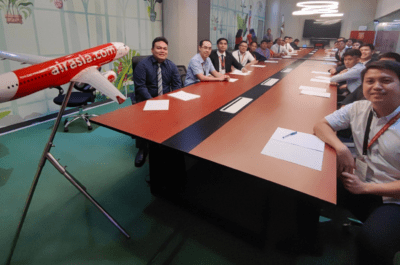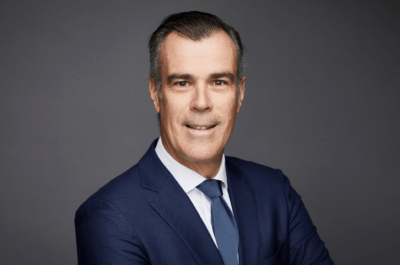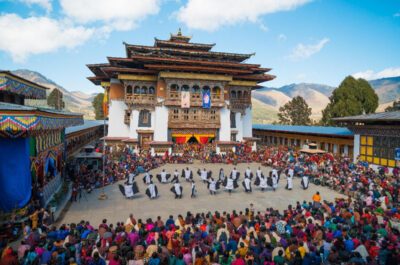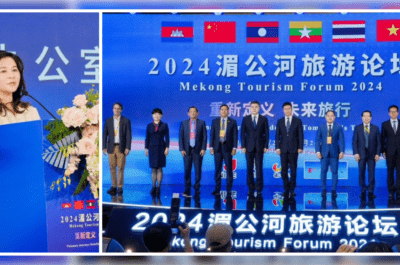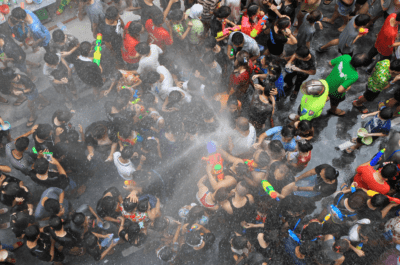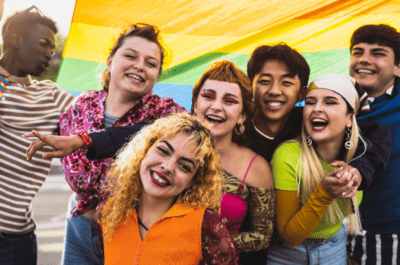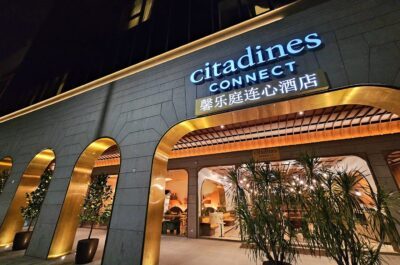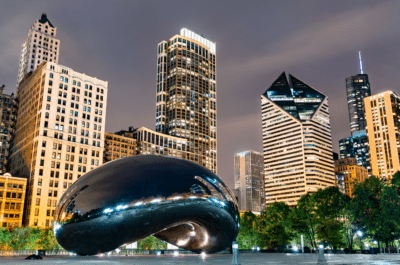Successful, measurable steps have been taken to promote the concepts of “Green Olympics” since Beijing’s successful bidding for the Olympic Games in 2001.
The Beijing Organizing Committee for the Games of the XXIX Olympiad (BOCOG) has worked diligently with civic leaders to strengthened water source conservation, sewage treatment and reuse of renewable water…
Successful, measurable steps have been taken to promote the concepts of “Green Olympics” since Beijing’s successful bidding for the Olympic Games in 2001.
The Beijing Organizing Committee for the Games of the XXIX Olympiad (BOCOG) has worked diligently with civic leaders to strengthened water source conservation, sewage treatment and reuse of renewable water, and made greater efforts for environmental improvement and realignment of riverways.
These tangible results have resulted in the following on-going programs:
Water source conservation in mountainous areas
The Beijing (Beijing Water Authority) has developed watershed conservation planning in combination with the actual situations. This includes:
- Demarcation of watershed conservation areas which cover more than 6,000 square kilometers has been completed.
- Protection for urban reserve watershed areas has been strengthened to ensure the safety of urban water supply;
- Distributed watershed places in rural areas have been protected to ensure the safety of drinking water available for farmers.
Construction of the ecological and clean-type small drainage areas has been comprehensively promoted to protect drinking water sources.
In mountainous areas, we have sped up the construction of the small clean drainage areas and have built three defensive lines:
- Ecological Restoration
- Ecological Regulation and
- Ecological Protection
Ecological Restoration refers to combining natural restoration and engineering measures to guide the relocation of farmers, close mountain passes and facilitate afforestation in high mountains and steep slopes; the self-repair capacity of the nature and restore the ecological environment and conserve water sources.
Ecological Regulation refers to synchronized regulation for rural sewage, refuses, toilets, riverways and environment within drainage areas. Sewage pipelines and treatment facilities have been built by villages to recycling renewable water for agricultural irrigation, toilet flushing and environmental protection. In the past three years, one-third of villages in the water source reserve zones have completed sewage treatment and rural toilet transformation projects. Refuse collection facilities have been constructed and closed dustbins have been deployed clean up the environment.
In water source reserve zones, rural areas concentrate refuse collection and processing.
Ecological Protection refers to regulation for water sources and riverways within drainage areas from the perspective of ecological protection, which aims to cure sewage running freely into rivers.
Steps have included freezing up rivers and cultivating grasses as well as developing wind breaks and sand fixation. Taking advantage of rainwater and flood, water conservation and safe flood control have been also integrated. Sixty ecological and clean-type small drainage areas have been completed.
Controlled areas for water and soil loss totaled more than 1,800 square kilometers.
As a result of the above measures, water quality standard of Miyun Reservoir has maintained Class ?.
Water-saving management
Water saving is a major strategy of water affairs in Beijing. Laws and regulations, administrative measures, economic measures, technology, engineering and other measures are now in place.
Measurement management for all agricultural water
Comprehensive management for agricultural water has been launched with 26,300 agricultural motor-pumped wells dug and installed with water meters and e input into a computer system to monitor the output.
Measurement of agricultural water has promoted the construction of water-saving farmlands which have been established annually by 300,000 mu with water-saving irrigation up to 88 percent; precise irrigation, drip irrigation and micro-irrigation have developed on a large scale.
In 2007, new agricultural water has been remarkably cut from the previous 2 billion to 1 billion cube meters.
Restrictions upon sectors with high water consumption
Beijing says no to the market entry of high water-consuming industries.
Small-scale cement making, small-scale paper making and other 25 kinds of traditional industries have been removed from the city with 170 enterprises characterized by high water consumption and high pollution, such as the Shougang Group and coking plants, have been relocated, closed down or suspended.
The relocation of Shougang Group is saving 40 million cubic meters of water.
Water-saving technological transformation of enterprises has been furthered, which has harvested the fruits of annual 30 brand-new projects. With a water-saving industrial system and industrial water consumption has seen negative growth for eight consecutive years in the city.
The annual completion of 30 water-saving technological transformations has been achieved and the water reuse rate of scale industry has reached up to 93 percent.
Implementing scalar water prices
Quota management for water consumption has been strictly carried out. Water consumption over the quota subjects to progressive increase of water price.
Real-time monitoring has been launched for major water-consuming entities which use 100,000 cubic meters of water annually. Progressive increase charges have been strictly imposed upon water consumption over the quota.
A number of water-saving advanced models have emerged. At the Yizhuang Industrial Park, many enterprises have completed the transformation of water-saving technologies and water-saving devices are used with 100 percent popularization in public places. Popularization proportion of urban households has reached 85%.
Speed up construction of sewage treatment plants
By year 2000, Beijing has averaged one new sewage treatment plant opening per year, while construction of supporting pipeline network is ongoing.
According to river distribution of Qinghe River, Liangshui River, Tonghui River, Bahe River and other polluted riverways as well as natural terrain, sewage pipeline system, wastewater reuse and other factors and with a view to the respective integrations of large, small- and medium-sized enterprises / upstream and downstream industries, 14 sewage treatment plants will be constructed in Beijing which can handle 2.68 million cubic meters daily.
Nine sewage treatment plants have been built in Gaobeidian, Fangzhuang, Jiuxianqiao, Beixiao River Phase I, Qinghe River, Wujia Village, Xiaojia River, Lugou Bridge and Xiaohongmen, with a total handling capacity of 2.5 million cubic meters daily.
In 2007, treatment on urban sewage of 800 million cubic meters has been achieved, with sewage treatment rate up to 92%. The daily urban sewage treatment capacity has reached 2.91 million tons per day. In 2007, the annual urban sewage treatment volume totaled nearly 800 million cubic meters, with sewage treatment rate of over 90 percent.
As a result, Beijing has honored its commitment to the Olympic Games one year ahead of schedule.
Reaching goal of 50% reuse of renewable water
As a new water source, renewable water has been developed and utilized in Beijing, and has emerged as a main water source for agricultural irrigation, landscape water of rivers and lakes and industrial cooling.
In 2007, the city consumed 480 million cubic meters of renewable water, i.e., the amount of renewable water accounted for 10% of water consumption in Beijing. In 2008, 600 million cubic meters of renewable water will be consumed, reaching 17 percent of the city’s water consumption.
Thus, Beijing’s promised goal of 50% reuse of renewable water has been achieved.
From agricultural perspective, the newly established Daxing Renewable Water Irrigation Zone covers 200,000 mu in 2006 and 2007; Tongzhou Renewable Water Irrigation Zone, covers 260,000 mu and the annual consumption of renewable water has reached 230 million cubic meters.
From an industrial perspective the Recycled Water (grey water) Transport Project from the West to Six Factories completed in 2007, which delivers the daily supply of 80,000 cubic meters of water to Gaojing Power Plant and Shijingshan Power Plant, with 30 million cubic meters available annually. Every year, 20 million cubic meters of water is used for urban greening and municipal administration and 60 million cubic meters of water is used for renewing the water in city parks, rivers and lakes.
Six recycled water waterworks have been built in the city, with a daily production capacity of 370,000 cubic meters. 380-km water pipelines are now under construction.
The application of film processing technology guarantees the quality and security of recycled water and provides technical support for broadening utilization.
Building-up natural ecosystem of riverways
Beijing intersects with major rivers with the total length of 520 kilometers. Previously, part of this water body was black because of sewage dumped directly into rivers. The poor quality of this river water was a serious issue for the city.
The water-treatment process of water systems such as Zhuanhe River, North Moat, Qinghe River and Qingyang River has changed the traditional way of river regulation.
Riverways characterized by bend and widening to natural ecological harmony between human and water have been built. Natural ecological earth and stone have been adopted for river and lake beds.
Reed, leaf of cattail, lotus and other 60 kinds of aquatic plants now grow well along the riverways. More than 10 species of aquatic animals, such as shrimps and fishes, have been released with more than 50 tons of aquatic animals returning to water every year.
Ecological restoration technology has also created conditions for the use of recycled water in rivers and lakes. In the riverways (which have been regulated) researchers of Beijing Water Authority have made a series of biological and physical measures to maintain water quality and avoid the occurrence of plankton bloom.
In diversion canal of Yongding River, South Moat and Kunyu River, landscape ecology floating floors have been used to cultivate hyacinth, biological girds have been installed and biological measures have been taken, such as feeding fish and clearing aquatic weeds.
In Shichahai and Houhai, algae collection equipments have been installed. In the lake behind the Beijing Exhibition Center and other water areas, fish fry has been bred to lower the density of algae cells and inhibit the growth and reproduction of algae.
Additional installation of water-lifting pumps has been completed in Beihai, Tongzi River and other water areas. As a result of these effective measures, the quality of urban rivers and lakes has been maintained, the occurrence of plankton bloom has been curbed and the sound water environment has been preserved.
Ecological construction of the Olympic Forest Park
For the purpose of building ecological environment of water landscape in the Olympic Forest Park, highly-efficient water saving, water recycling and reuse of grey water is a high priority. Water-saving systems, system of renewable water reuse, water utilization system ad water cycle purification system have been set up, which fully embodies the concept of the Green Olympics.
Water supply & water saving
The Olympic Forest Park has been designed to use a daily water supply quantity of 280,000 cubic meters, which is in the charge of No. 9 Waterworks Factory, more than 40 km of water pipes have been laid. Newly-built Olympic venues have been equipped with a kind of two-way water supply device. Water quality now reaches China’s Sanitary Standard for Drinking Water and all of the 106 measurement indices meet the requirements up to grade. In such venues and public areas, drinking water facilities and water-saving devices up to high-standard water quality have been installed.
Rainwater utilization
The period of the Olympic Games comes during the peak flood season.
In order to make sure the security of Games-period, drainage of the Olympic central area has been designed according to the standard which can withstand the largest flood that strikes Beijing once every five years and water system drainage has been designed according to the standard which can withstand the largest flood once in 50 years.
Taking precautions to manage the largest flood once in 50 years, a “super-standard” flood control emergency scheduling program has been developed.
Beijing has made full use of rainwater resources and the flood discharge pressure has been greatly reduced with the aid of rainwater/floodwater collection facilities. In the Olympic central area, 26 underground rainwater collecting tanks have been built; permeable pavement area has totaled 250,000 square meters; the concave-downward greenbelt has been all completed as greening space.
The Olympic Forest Park in the north part covers 454 hectares of greenbelt, accounting for 67 percent of the total; central area covers 48 hectares. Concave greenbelt is 5-10 cm lower than the surrounding roads or the square, so direct rainwater infiltration is available. By means of collection and storage, rainwater reuse rate of the Olympic Forest Park has reached 70 percent, and largest flood once in 20 years can be impounded in the Olympic Lake. 1.05 million cubic meters of rainfall can be recycled annually.
Recycling system
The Olympic Forest Park is designed with a drainage capacity of 25,600 cubic meters of sewage water which all enters into the Beixiao River Sewage Treatment Plant. After treatment, such recycled water will return for toilet-flushing, greening and water environment. In the Olympic Forest Park, plant irrigation has utilized renewable water, rainwater and floodwater reaching 100 percent recycling.
The Water system in the Olympic Forest Park is the largest environmental water system with recycled water as supplementary water source. Olympic Lake is filled with high-standard recycled water with supplemented surface water.
The refilling recycled water is purified by wetland first and then re-enters Olympic Lake.
Recycling process includes the high-quality renewable water-purified through wetlands … then flowing into the lake region … re-flowing into the wetlands … and then re-entering into the lake region, thus creating a reciprocating movement of the water flow cycle.
Vicky is the co-founder of TravelDailyNews Media Network where she is the Editor-in Chief. She is also responsible for the daily operation and the financial policy. She holds a Bachelor's degree in Tourism Business Administration from the Technical University of Athens and a Master in Business Administration (MBA) from the University of Wales. She has many years of both academic and industrial experience within the travel industry. She has written/edited numerous articles in various tourism magazines.

